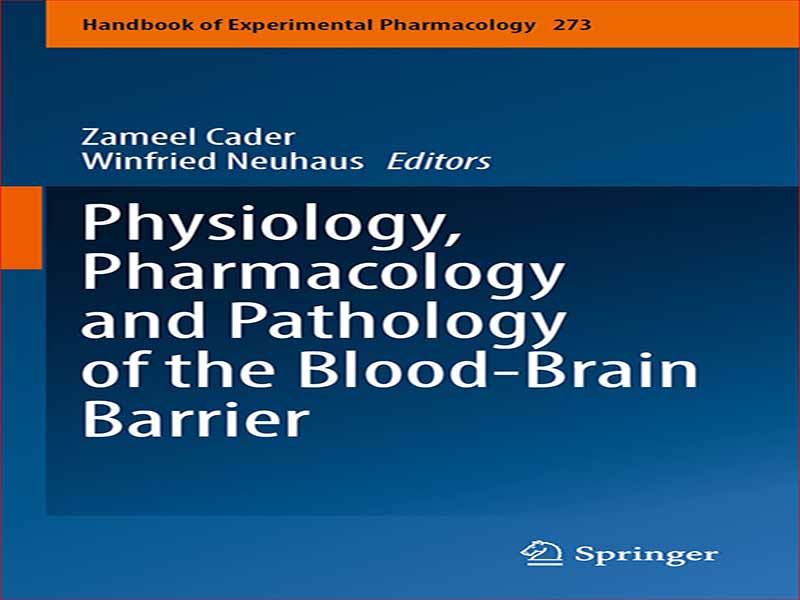- عنوان کتاب: Physiology, Pharmacology and Pathology of the Blood-Brain Barrier
- نویسنده: Zameel Cader, Winfried Neuhaus
- حوزه: مغز و اعصاب
- سال انتشار: 2022
- تعداد صفحه: 362
- زبان اصلی: انگلیسی
- نوع فایل: pdf
- حجم فایل: 7.78 مگابایت
در حدود سال 1900 و در دهه های بعد، وجود یک مانع بین مغز و بقیه بدن برای اولین بار فرض شد و پس از آن ثابت شد. آزمایشهایی با رنگهایی که یا بهصورت سیستمی استفاده میشدند و در مغز بازیابی نمیشدند، یا به مغز تزریق میشدند و در بقیه بدن شناسایی نمیشدند، منجر به مفهوم سدی در مغز شد که از حرکت مواد جلوگیری میکند. محققانی مانند گلدمن، لواندوفسکی، بوفارد و فرانکه آزمایشهای رنگرزی مهمی انجام دادند و در توسعه مفهوم سد خونی مغزی شرکت کردند. اصطلاح “سد خونی مغزی” ممکن است اولین بار توسط لینا استرن، اولین استاد زن دانشگاه ژنو استفاده شده باشد. نقطه عطف دیگری برای درک سد خونی مغزی، تجزیه و تحلیل میکروسکوپی الکترونی در پایان دهه 1960 و آغاز دهه 1970 بود که سلول های اندوتلیال مویرگ های مغز را به عنوان مؤلفه مهر و موم کننده اصلی سد خونی مغزی شناسایی کرد. این امر توسط تحقیقات تشریحی، اندازهگیری مقاومت الکتریکی رگهای خونی در مغز حیوانات و جداسازی و کشت موفقیتآمیز سلولهای اندوتلیال مغز برای ایجاد مدلهای کشت سلولی در دهههای 1980-1990 دنبال شد. این پیشرفتها همراه با فناوریهای موجود امروزی، تحقیقات گستردهای را در مورد سد خونی مغزی امکانپذیر کرده است.
Around 1900 and in the decades following, the existence of a barrier between the brain and the rest of the body was first postulated and subsequently proven. Experiments with dyes that were either applied systemically and not recovered in the brain, or injected into the brain and not detected in the rest of the body, led to the concept of a barrier in the brain preventing the movement of substances. Researchers such as Goldmann, Lewandowski, Bouffard and Franke conducted crucial dyeing experiments and participated in the development of the concept of the blood-brain barrier. The term “blood-brain barrier” may have first been used by Lina Stern, the first female professor of the University of Geneva. A further milestone for the understanding of the blood-brain barrier was the electron microscopic analyses at the end of the 1960s and beginning of the 1970s identifying the endothelial cells of the brain capillaries as the main sealing component of the blood-brain barrier. This was followed by anatomical investigations, the measurements of the electrical resistance of the blood vessels in the brain of animals and the successful isolation and cultivation of brain endothelial cells to establish cell culture models in the 1980s–1990s. Together with the technologies available today, these advances have enabled wide ranging research of the blood-brain barrier.
این کتاب را میتوانید بصورت رایگان از لینک زیر دانلود نمایید.
Download: Physiology, Pharmacology and Pathology of the Blood-Brain Barrier




































نظرات کاربران